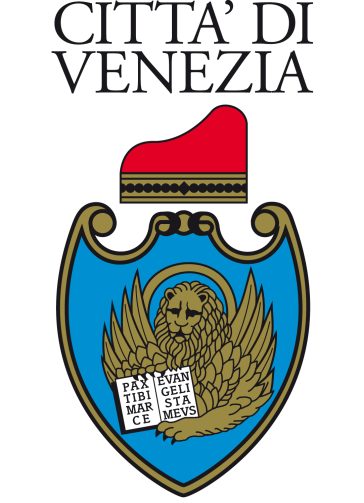Venice consists of 120 islands lying on a wide lagoon between the mainland and the sea. In the lagoon, nature and history have been intertwined since the 5th century, when local people, fleeing barbarian invasions, found refuge on the sandy islands of Torcello, Jesolo, and Malamocco. These temporary settlements gradually became permanent, and by the 10th century Venice became an important maritime power and one of the major capitals of the medieval world.
From its origins, Venice was characterized by a singular relationship with water, and during the period of expansion, when it was forced to defend its markets from the commercial initiatives of the Arabs, Genoese and Ottoman Turks, Venice never ceased to consolidate its position in the lagoon.
When it began to lose its power over the seas, Venice exerted its influence in a very different way, thanks to its great painters. Bellini and Giorgione, and then Titian, Tintoretto, Veronese, and Tiepolo totally changed the perception of space, light, and color, leaving a clear imprint on the development of painting and decorative arts throughout Europe.
Venice possesses an unparalleled array of architectural complexes reminiscent of the height of the Republic’s splendor. From the great monuments, such as St. Mark’s Square and the Piazzetta (the Basilica, the Doge’s Palace, the Marciana Library, the Correr Museum, the Procuratie Vecchie) to the more modest residences in the calli and campi of its six sestieri, including the Scuole Grandi, the Scuole hospitals, and the charitable or mutual aid institutions of the 13th century.
Venice and its lagoon landscape are the result of a dynamic process that demonstrates the interaction over time between humans and the ecosystem of its natural environment. Human intervention is distinguished by high technical and creative skills in the realization of hydraulic and architectural works in the lagoon area, which have made Venice a work of art and allowed it to exert considerable influence on the development of architecture and monumental arts.
The city, called the “Queen of the Seas,” has extended its horizons far beyond the lagoon, the Adriatic and the Mediterranean. It was from Venice that Marco Polo (1254-1324) set out in search of China, and his tomb in San Lorenzo recalls the role of Venetian merchants in the discovery of the world.
Source: History of Venice – Present, Past and Future of Venice, Venice and its Lagoon – Unesco Italian National Commission for UNESCO



